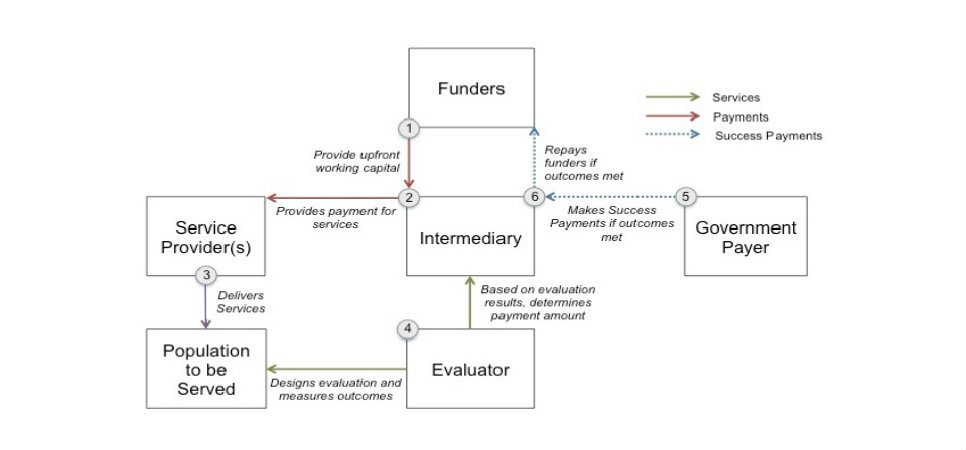This post was contributed by Steven Rodriguez, intern at the Case Foundation.
The Wharton Social Impact Initiative (WSII) at the Wharton School of the University of Pennsylvania recently released a study called Great Expectations: Mission Preservation and Financial Performance in Impact Investments. It included 53 impact investing private equity funds and revealed exciting data for those who are eager to know how these investments can and do perform compared to market benchmarks. According to this research, there is evidence that market rate returns for mission-aligned investments are, in fact, possible*. While the impact investing market remains relatively small, there are active investors who do not think doing good should mean sacrificing returns. For these market-rate-seeking impact investors, the new Wharton report should come as very good news!
As Kate Ahern from the Case Foundation explained during a recent webinar, Everything you Need to Know About Impact Investing (In 1 Hour!), investors can approach the sector with a range of financial and social impact return expectations—from a sector first focus, to blended returns, market rate or even impact alpha. While the WSII research focused on investments seeking market rate returns, something worth noting in the findings is evidence that mission-aligned exits led to even greater performance than non-mission aligned exits. Additionally, Wharton found that “concessionary financial returns were not required to preserve the social or environmental effect of impact investments.”
This report provides evidence that investment managers can align impact goals with financial expectations without sacrificing performance. According to an article in The Chronicle of Philanthropy, Wharton Finance professor, Chris Geczy, who supervised the research, said, “It represents an exciting initial advancement in our ongoing social impact research agenda.”
While the data demonstrates favorable outcomes for impact investing and for fund managers seeking market rate returns, it is important to keep complexities associated with various return expectations in mind. As Professor Geczy explained, “The industry includes distinct market segments with very different social and financial value propositions. One must be very careful not to generalize the performance of the market rate-seeking segment of funds that we studied to the entire, multidimensional industry.” It is important to remember the spectrum of opportunities available for the diverse impact investing community, from foundations making below-market Program Related Investments (PRIs) to early stage venture firms making direct investments in companies, like Happy Family, that generated huge returns from a successful exit.
The Wharton report is one of a growing number of similar research projects focused on the financial viability, competitive performance, risk and expectations of impact investments, particularly fund investments. One additional example that appeared earlier this year is a report from the GIIN and Cambridge Associates, Introducing the Impact Investing Benchmark, a study of 50 impact funds launched after 1998. The study found that these funds delivered returns comparable to other, non-impact seeking funds.
We at the Case Foundation are excited to see the knowledge base continue to grow in this sector. We hope these reports will serve as support for more and better informed investment decision making that includes impact investments from the full range of asset classes, returns and risk profiles.
To learn more about getting started in impact investing you can also check out our updated Short Guide to Impact Investing!
*The financial performance of the funds studied were benchmarked against the Russell 2000, an index that measures the performance of small capitalization companies (between $300 million and $2 billion), along with other indexes and found comparable results.
